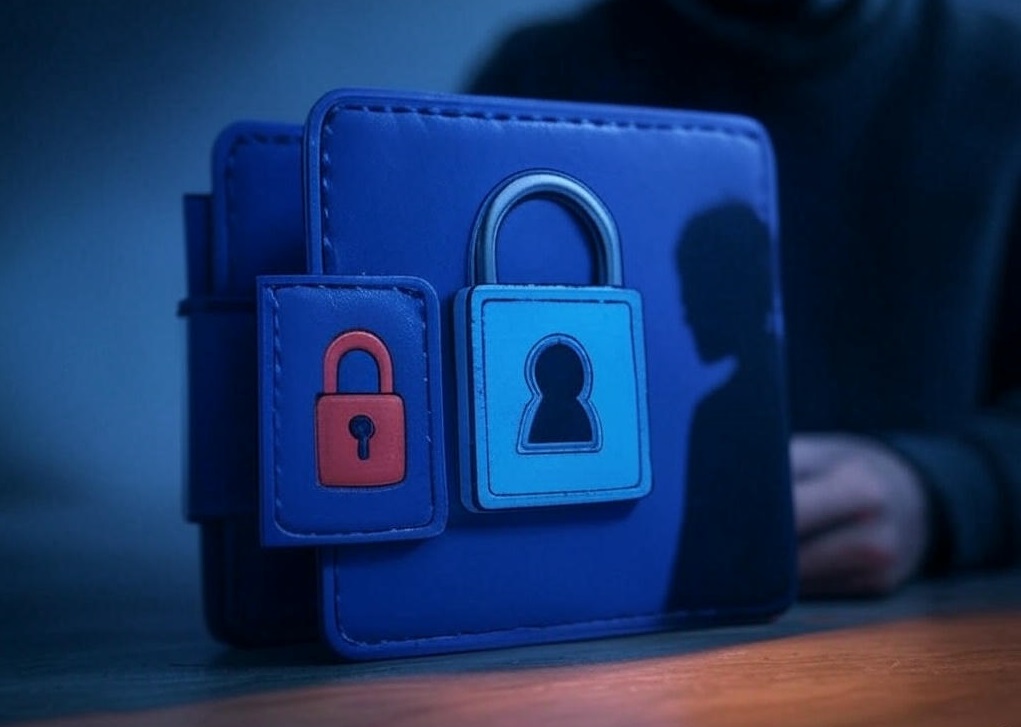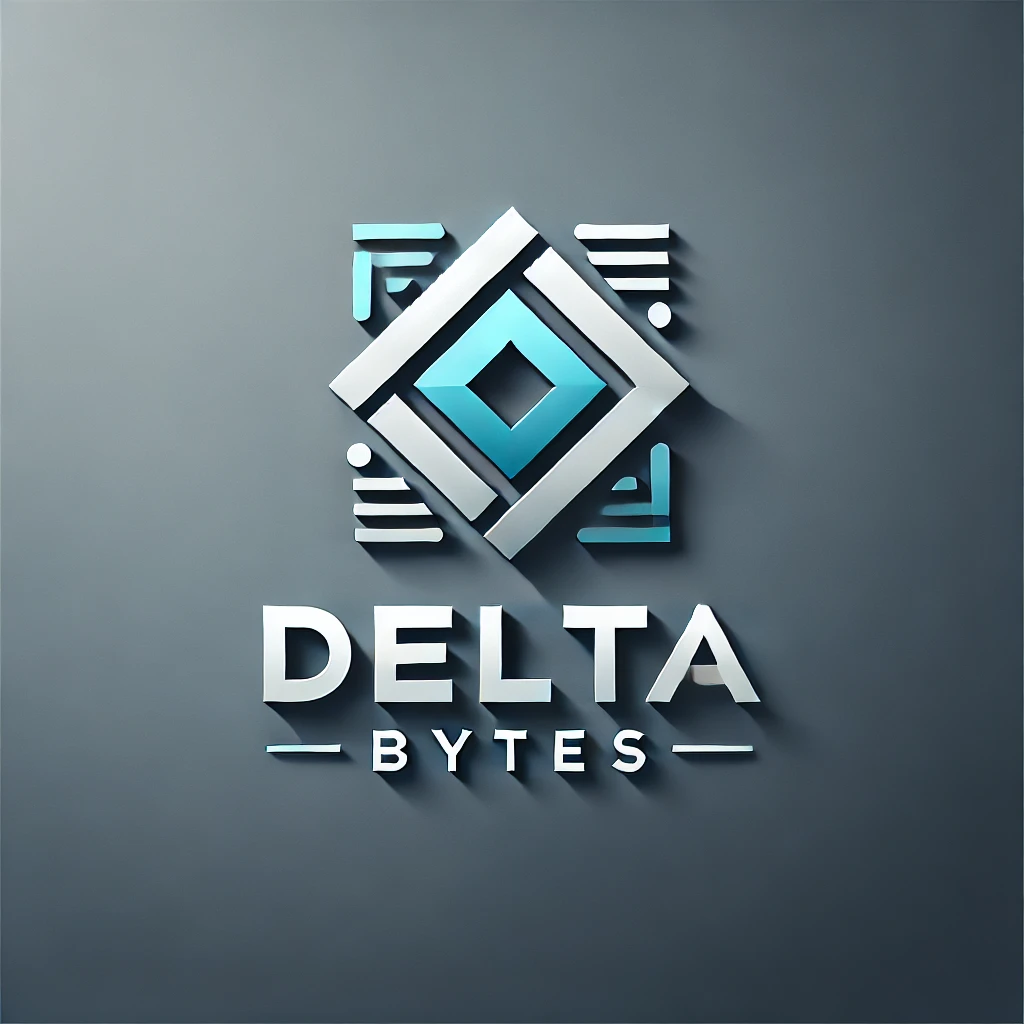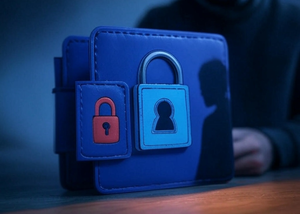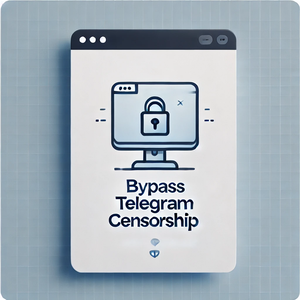
Multi-Sig Scams
What Are Multi-Sig Wallets?
Multi-signature (multi-sig) wallets are a type of cryptocurrency wallet that needs several approvals, or signatures, from different parties to send funds. Unlike regular wallets that use one private key, multi-sig wallets require multiple keys to agree on a transaction, making them safer for businesses or groups managing shared funds.
How Do Multi-Sig Scams Work?
Scammers exploit multi-sig wallets by setting up fraudulent ones and sharing one key with victims. They might show a wallet with some crypto and ask victims to send a small amount for “fees,” then steal the deposited funds using their control over other keys. These scams often appear on platforms like Tron and can involve fake wallet apps or impersonation.
How to Protect Yourself
To avoid multi-sig scams, always use reputable wallet providers, understand the wallet setup, and never share your private keys. Be skeptical of unsolicited offers and verify identities securely. If asked to send funds to “activate” a wallet, it’s likely a scam.
Understanding Multi-Sig Wallets
Multi-sig wallets are a specialized type of cryptocurrency wallet designed to enhance security by requiring multiple signatures to authorize transactions. Unlike traditional wallets that rely on a single private key, multi-sig wallets operate on an m/n principle, where ‘m’ is the minimum number of signatures needed, and ‘n’ is the total number of keys involved. For instance, a 2/3 multi-sig wallet means at least two out of three key holders must approve a transaction for it to proceed.
Private keys are essentially the passwords to your crypto wallet. In a standard wallet, one key controls all funds, but in a multi-sig setup, multiple keys are required, distributing control and reducing the risk of a single point of failure. This is particularly useful for:
- Businesses: Ensuring multiple employees must agree on spending, such as in a corporate treasury.
- Individuals: Adding an extra layer of security by requiring approvals from different devices or locations.
- Groups or Partnerships: Managing shared funds where mutual consent is necessary, similar to a joint bank account.
The technology gained popularity after events like the FBI’s shutdown of the Silk Road, highlighting the need for better protection against theft and confiscation (What is multisig (multisignature)? | Definition from TechTarget).
Mechanics of Multi-Sig Wallets
The operation of multi-sig wallets involves setting up a configuration where transactions can only be executed with the authorization of more than one private key holder. Common setups include:
- 1/2 Multisig: Suitable for two trusted individuals or one person with two wallets, where either can initiate transactions independently.
- 2/2 Multisig: Requires both administrators to agree, ensuring vault funds can only be used with mutual consent.
- 2/3 Multisig: Ideal for three partners, where two signatures are enough even if one key is lost, providing flexibility and redundancy.
This m/n model is customizable, with options like 1/3, 3/6, or 5/8, depending on security needs (Stay Alert: Beware of Multi-Sig Fraud!).
The Rise of Multi-Sig Scams
Despite their security benefits, multi-sig wallets have become targets for scammers, especially as cryptocurrency adoption grows. Research suggests that scammers exploit the trust in multi-sig technology by creating fraudulent wallets that appear legitimate. Common tactics include:
Bait and Switch: Scammers set up a multi-sig wallet with some cryptocurrency, such as USDT, and share one private key with the victim. They show a balance to tempt the victim, then ask for a small deposit, like TRX, for “transaction fees.” Once the victim deposits, the scammer, controlling other keys, siphons off the funds. This is particularly prevalent on networks like Tron (Tron Multi-Sig Scam).
Impersonation: Scammers pose as legitimate services or individuals, convincing victims to set up a multi-sig wallet with them. They manipulate the setup to retain control, stealing funds once deposited (What Are Multisig Scams and How to Avoid Them? | Binance Academy).
Fake Wallets: Scammers create fake multi-sig wallet apps or websites that mimic legitimate ones, designed to steal users’ private keys or funds. Victims are often lured with promises of lucrative investments, only to find their assets inaccessible (What Are Multisig Scams?).
A hypothetical scenario illustrates this: Imagine you’re on a cryptocurrency forum and receive a message from someone claiming they’ve lost access to their multi-sig wallet. They offer to share a key if you help recover funds, showing a wallet with significant USDT. They ask you to send TRX for “activation,” but once you do, you can’t withdraw, and they disappear. This is a classic bait-and-switch scam, exploiting the victim’s trust and greed.
Prevalence and Impact
While specific statistics on multi-sig scams are scarce, general cryptocurrency scam data indicates their significance. For instance, investment scams accounted for 46% of all scams involving cryptocurrency in the first three quarters of 2024, with victims losing $558 million, often through similar deceptive tactics (Crypto and Investment Scam Statistics for 2024 | The Motley Fool). Multi-sig scams are a subset, targeting users with limited technical knowledge, making them vulnerable to social engineering and phishing attacks.
Strategies to Avoid Multi-Sig Scams
Protecting yourself from multi-sig scams requires vigilance and best practices. Here are detailed steps:
Verify the Source: Only use multi-sig wallets from reputable providers like Coinbase (What is Multi-Signature (Multi-Sig)? | Coinbase) or Ledger (What Is a Multisig Wallet? | Ledger). Check reviews and community feedback before trusting new platforms.
Understand the Setup: Ensure you know how the wallet is configured, including who holds the keys and the m/n requirements. For example, in a 2/3 setup, confirm all parties and their roles to avoid unauthorized control.
Never Share Keys: Private keys are like your wallet’s password—never share them with anyone, even if they claim to be from a legitimate service. Scammers often use social engineering to extract keys, exploiting trust.
Be Wary of Unsolicited Offers: If someone contacts you out of the blue offering a multi-sig wallet with funds, it’s likely a scam. Always verify through official channels, not through unsolicited messages on social media or forums.
Check for Red Flags: Be skeptical if asked to send funds to “unlock,” “activate,” or “pay fees” for a wallet. Legitimate multi-sig wallets don’t require such actions, and these are common scam tactics (Multisig Scams: How to Spot and Prevent Cryptocurrency Fraud).
Use Secure Communication: Verify identities through secure, established methods, like official phone numbers or verified email addresses, rather than relying on messages from unknown sources.
Comparative Analysis of Wallet Types
To highlight the differences, here’s a table comparing standard wallets and multi-sig wallets, including scam risks:
| Feature | Standard Wallet | Multi-Sig Wallet | Scam Risk |
|---|---|---|---|
| Signatures Required | One private key | Multiple private keys (m/n) | Higher if scammers control other keys |
| Security Level | Lower, single point of failure | Higher, distributed control | Exploitable if setup is fraudulent |
| Use Case | Individual use, simple transactions | Businesses, groups, enhanced security | Targeted by bait-and-switch, fake apps |
| Setup Complexity | Easy, one key | More technical, multiple keys required | Confusion can lead to scam vulnerability |
This table underscores why multi-sig wallets, while secure, require careful setup to avoid scams.
Conclusion and Recommendations
Multi-sig wallets are a robust tool for enhancing cryptocurrency security, offering distributed control and redundancy. However, their complexity makes them targets for scammers, particularly on networks like Tron, where such scams are noted to be common. By understanding how they work, recognizing scam tactics, and following best practices, users can protect their digital assets. Always verify sources, never share keys, and be skeptical of unsolicited offers to ensure a safe crypto experience.















Comments